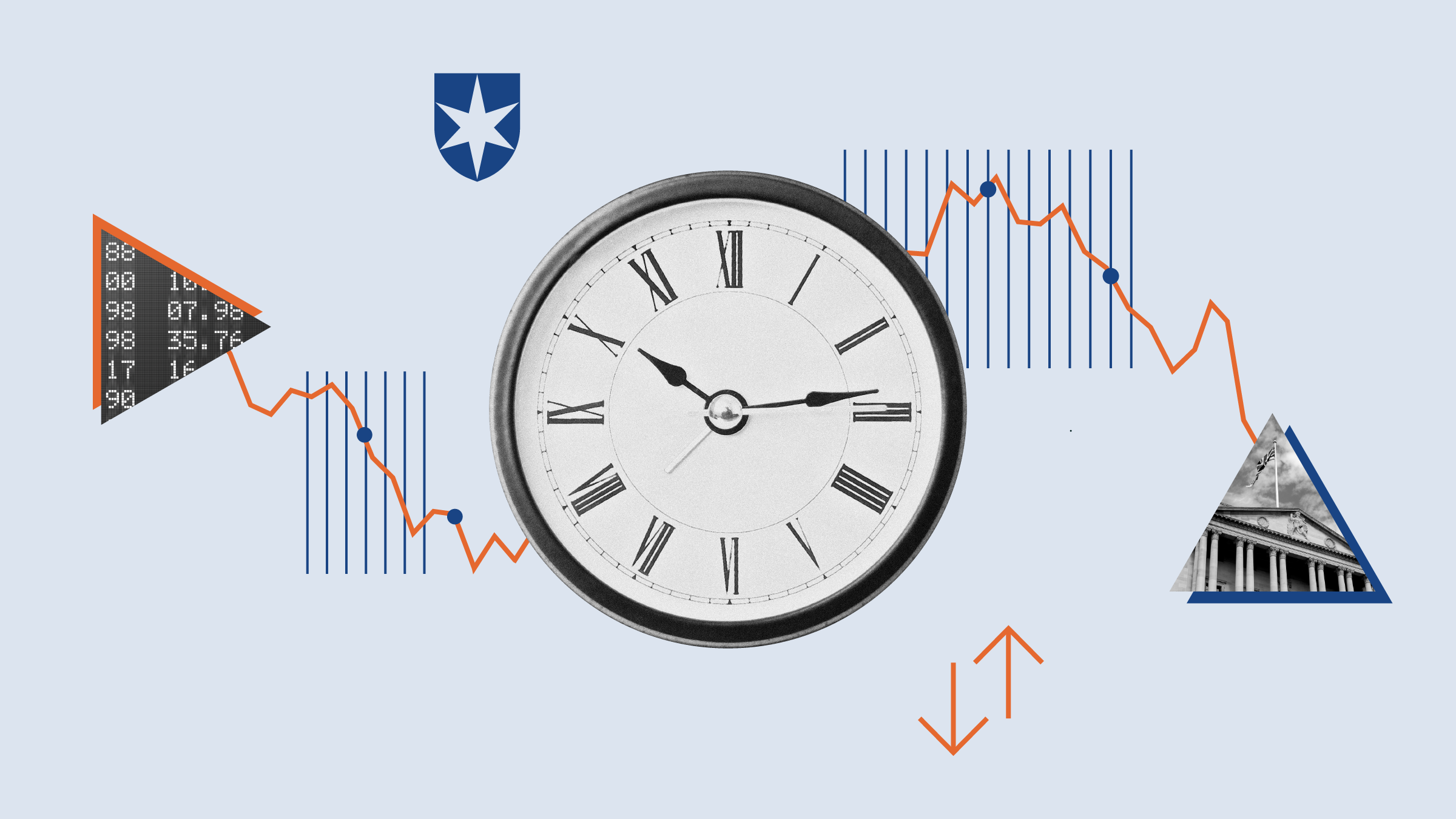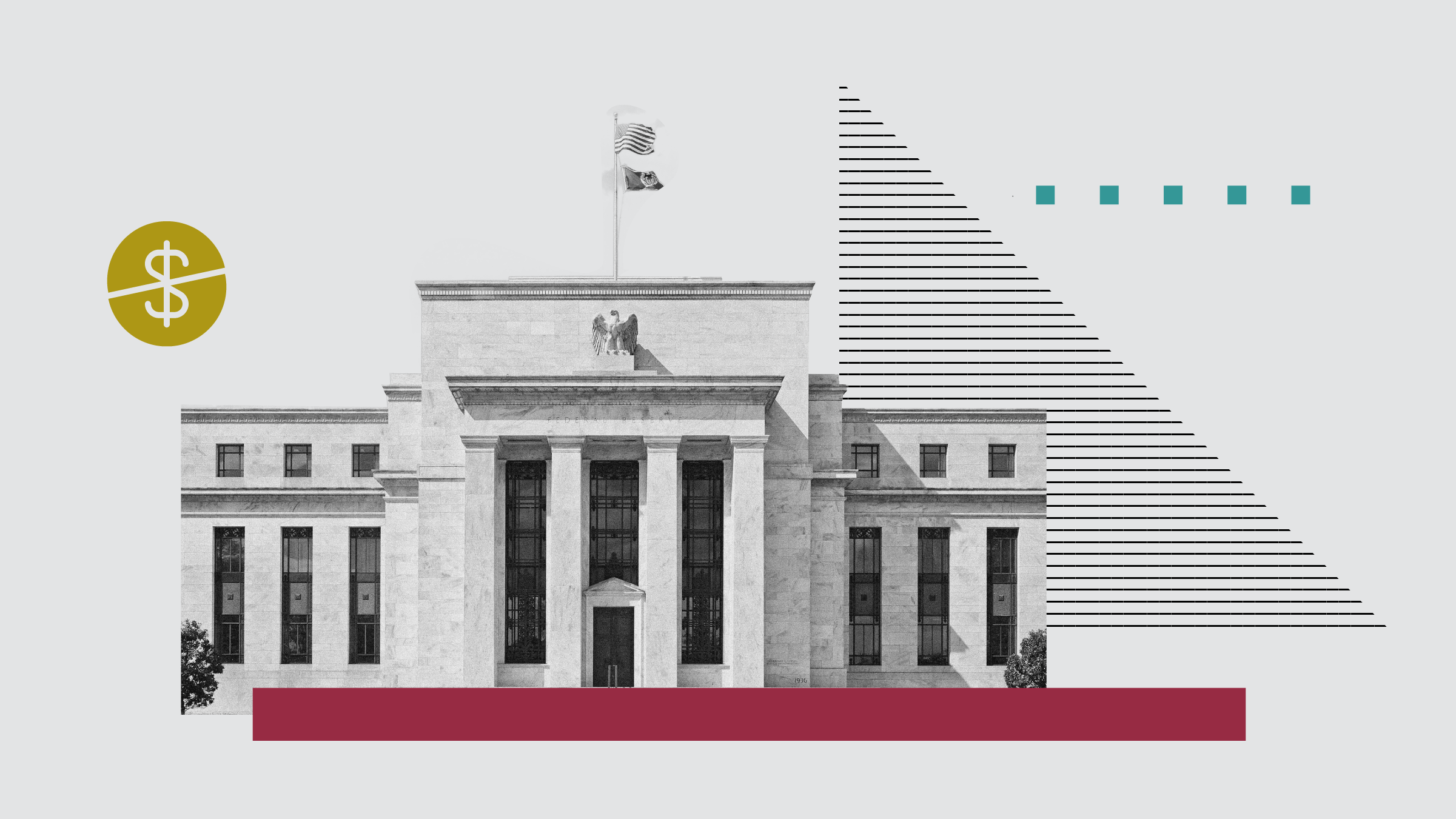At Sage's (SGE) capital markets day management outlined the company's strategy for achieving future success in the marketplace. The firm is focused on moving away from its legacy product-focused and decentralised operating model toward a customer-centric model that leverages the company's global scale.

The firm is trading at a considerable premium

To support this endeavour, management outlined three key products that will be the backbone of its go-to-market strategy: Sage One, Sage Life, and Sage X3. We have aligned our financial expectations with management's mid-term guidance and we now expect the company to post revenue growth of approximately 6% per annum and achieve an earnings before tax margin of roughly 28%. We maintain our narrow economic moat rating and think the firm is trading at a considerable premium given our unchanged £4.39 fair value estimate.
Sage's ability to attract customers to these new global platforms, which will help to support the firm's goal of shifting its user base to more subscription-based products and services, is a key tenet of the firm's future success.
Management was clear in communicating that it would not force its users to cloud products, but instead would look to migrate them gradually by illustrating the added value that comes with cloud-based products and subscription services. Sage outlined a new set of key performance indicators that it will publish to demonstrate its strategic progress.
Over the mid-term, the estimated time of Sage's business model transition, we will monitor new customer acquisition, annualized recurring revenue, annualised software subscriber base, contract renewal rates, and a reduction of general and administrative costs to gauge how the company is tracking.
For the time being, we retain our negative moat trend, and as CEO Stephen Kelley also mentioned, we believe the firm has been ceding market share to competitors that have been quicker to adopt cloud-based products and have been more aggressive with go-to-market initiatives.






























